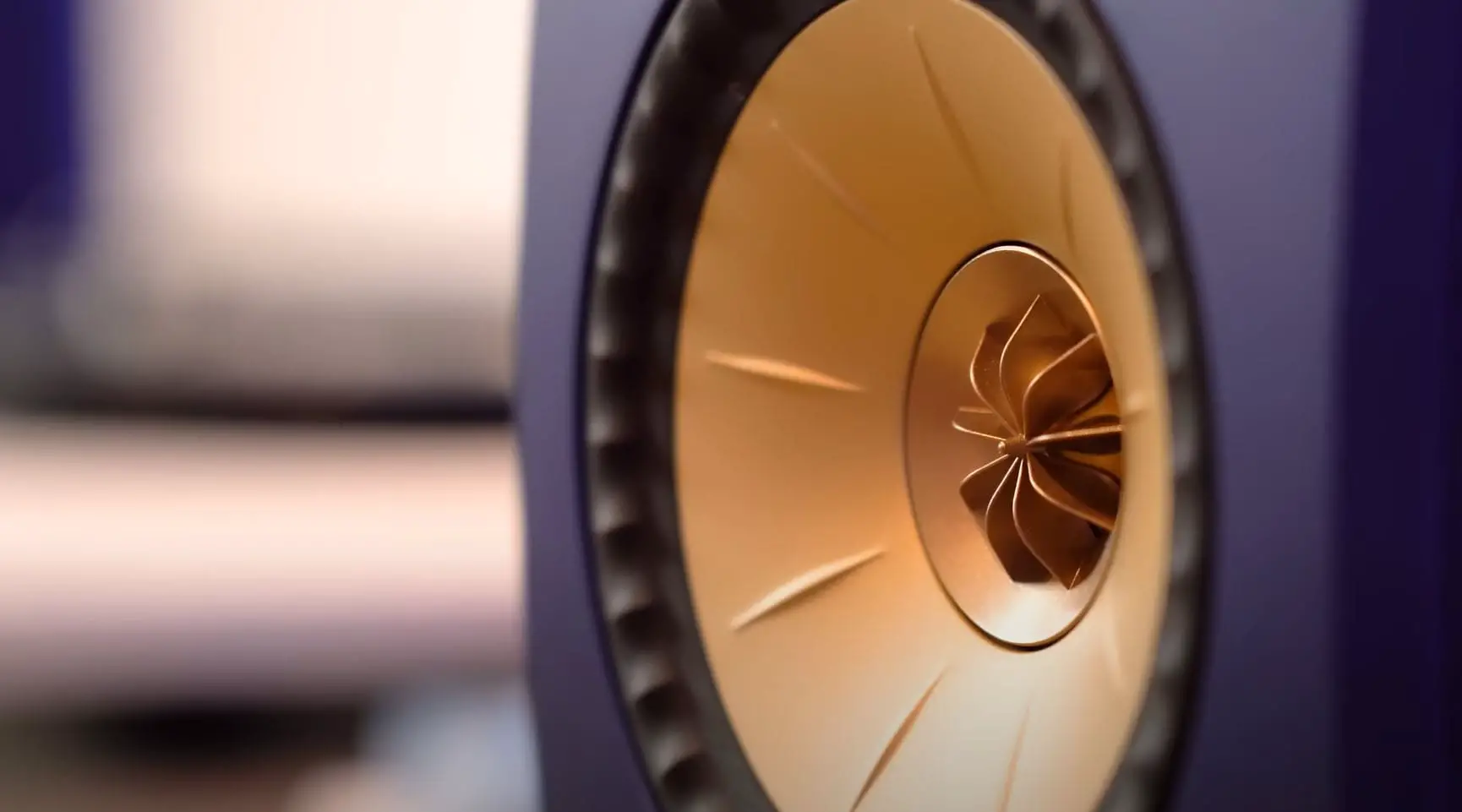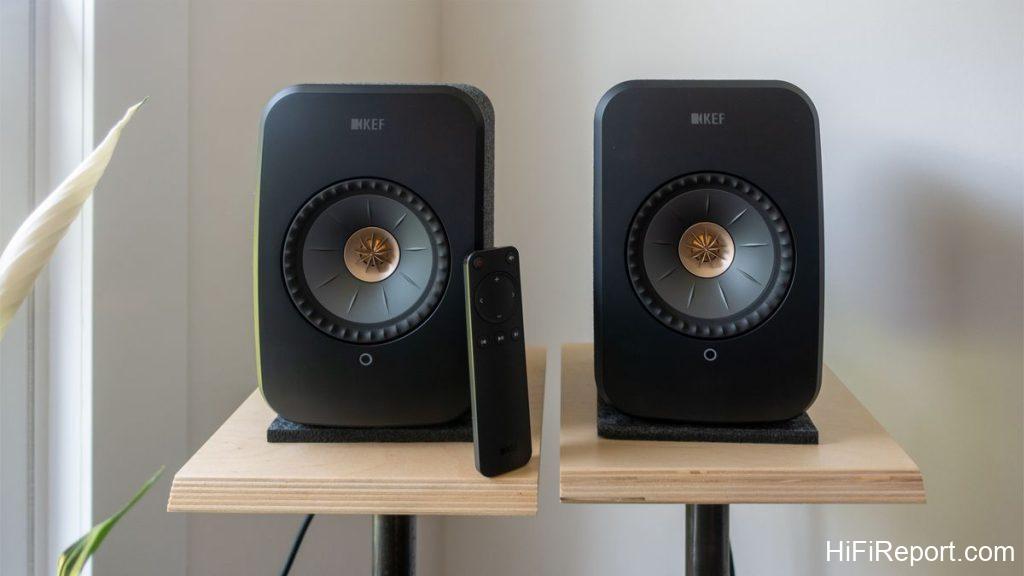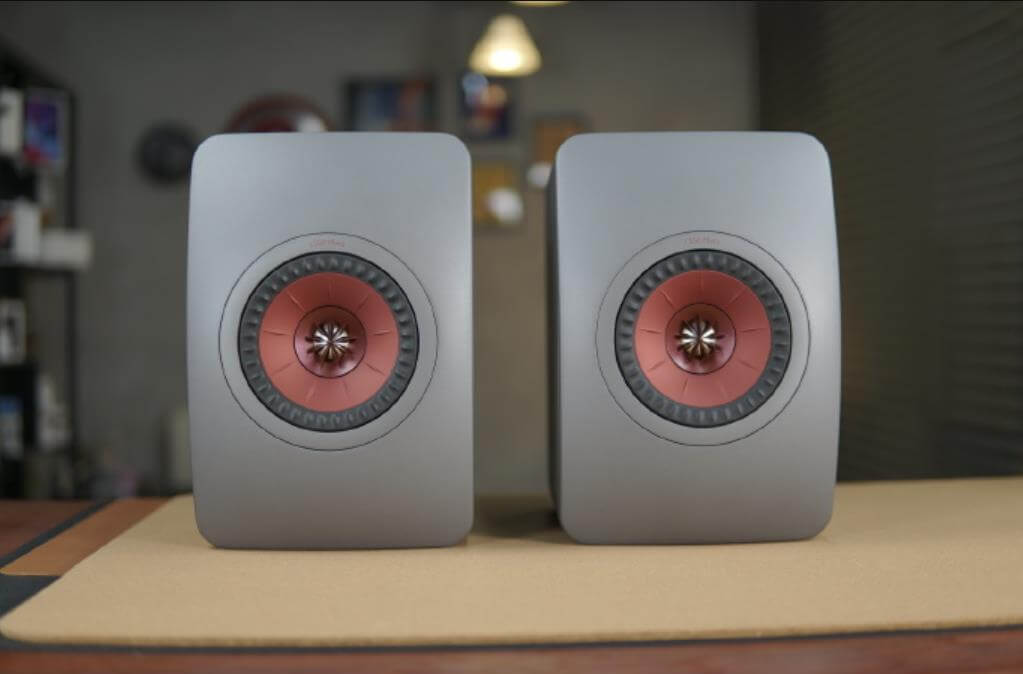The Ultimate Guide to Coaxial Speakers
Coaxial speakers might be the perfect solution if you are looking for an affordable and easy way to upgrade your car’s sound system. These speakers are designed to provide better sound quality than factory-installed speakers without a complicated installation process. In this ultimate guide to coaxial speakers, we will cover everything you need to know, including their features, benefits, and how to install them in your car.
What are Coaxial Speakers?
Coaxial speakers, also known as full-range speakers, are a type of speaker that combines a woofer and a tweeter in one unit. The woofer produces low-frequency sounds, while the tweeter handles high-frequency sounds. The two drivers are mounted on the same axis, which makes them coaxial.
Coaxial speakers are designed to provide a wide range of sound frequencies, making them ideal for car audio systems, home stereo systems, and other audio applications. They are available in various sizes and power ratings, making them suitable for different types of vehicles and sound systems.
Types of Coaxial Speakers
There are three main types of coaxial speakers: full-range coaxial speakers, component coaxial speakers, and dual-cone coaxial speakers.
Full-range coaxial speakers are the most common type of coaxial speaker and consist of a woofer and tweeter integrated into a single unit. They are typically the most affordable option and are well-suited for casual listeners.
Component coaxial speakers consist of separate woofer and tweeter components mounted in different car locations. This design allows for more flexibility in placement and can result in better sound quality, but it also requires more installation effort and can be more expensive.
Dual-cone coaxial speakers are a less common type of coaxial speaker that feature two woofers instead of a woofer and a tweeter. They are typically less expensive than full-range coaxial speakers but may sacrifice some sound quality.
Coaxial vs. Component Speakers: What’s the Difference?
While coaxial speakers are popular for many car owners, they are not the only option available. Component speakers are another type of speaker that is designed to provide better sound quality. The main difference between coaxial and component speakers is how they are constructed.
Component speakers have separate drivers for each sound frequency range, including the woofer, tweeter, and sometimes even a mid-range driver. These drivers are mounted separately, allowing for greater flexibility in positioning and adjusting the sound.
On the other hand, coaxial speakers combine all drivers in a single unit, limiting the sound’s adjustability. However, coaxial speakers are generally more affordable and easier to install than component speakers.
Benefits of Coaxial Speakers
There are several benefits to using coaxial speakers in your audio car system. Here are some of the most significant advantages:
- Affordable: Coaxial speakers are generally less expensive than component speakers, making them an affordable way to upgrade your car’s sound system.
- Easy to Install: Coaxial speakers are designed to be easy to install, even if you have limited experience with car audio systems.
- Compact: Coaxial speakers are available in various sizes, making them suitable for different types of vehicles and audio systems.
- Better Sound Quality: Coaxial speakers are designed to provide a wide range of sound frequencies, resulting in better sound quality than factory-installed speakers.
- Improved Bass Response: Many coaxial speakers include a built-in subwoofer, providing improved bass response without needing a separate subwoofer.
Factors to Consider When Choosing Coaxial Speakers
When shopping for coaxial speakers, there are several factors you should consider to ensure you get the best speakers for your audio car system. Here are some of the most important factors:
- Speaker Size: Coaxial speakers are available in various sizes, so choosing the right size for your vehicle is important.
- Power Handling: Consider the speakers’ power handling to ensure they are compatible with your car’s audio system.
- Sensitivity: Speaker sensitivity is a measure of how efficiently the speakers convert power into sound
- Frequency Response: The frequency response of the speakers indicates the range of frequencies they can produce. Choose speakers with a wide frequency response for better sound quality.
- Materials: The materials used in the construction of the speakers can affect their durability and sound quality. Look for speakers with high-quality materials, such as polypropylene cones and silk or textile dome tweeters.
- Brand Reputation: Consider the reputation of the speaker brand you are considering. Look for brands that have a history of producing high-quality speakers.
How to Install Coaxial Speakers in Your Car
Installing coaxial speakers in your car can be straightforward if you have the right tools and knowledge. Here are the basic steps to follow:
- Remove the old speakers: Start by removing the old speakers from your car’s audio system. This may involve removing door panels or other parts of your car’s interior.
- Disconnect the wiring: Once you can access the old speakers, disconnect the wiring that connects them to the audio system.
- Install the new speakers: Install the new coaxial speakers in the same location as the old speakers. Make sure they are securely fastened.
- Connect the wiring: Connect the wiring from the new speakers to your car’s audio system.
- Test the sound: Once the new speakers are installed, test the sound to ensure they are working correctly.
Tips for Maintaining Your Coaxial Speakers
To ensure your coaxial speakers last as long as possible and continue to provide high-quality sound, there are a few maintenance tips you should follow:
- Keep them clean: remove any dust or dirt that may accumulate on them.
- Avoid overdriving: Overdriving your coaxial speakers can cause damage to them over time. Avoid turning up the volume too high, and use an appropriate amplifier if necessary.
- Check the wiring: Periodically check the wiring connecting your coaxial speakers to your car’s audio system to ensure they are secure and not damaged.
- Keep them dry: Moisture can damage your coaxial speakers, so keeping them dry is important. Avoid exposing them to rain or moisture, and wipe them down if wet.
- Avoid extreme temperatures: Extreme temperatures can also damage your coaxial speakers, so avoid exposing them to direct sunlight or extreme cold.
Conclusion
Coaxial speakers are a great option for anyone upgrading their car’s audio system. With their simple installation process, wide range of sizes and styles, and high-quality sound, coaxial speakers are an excellent choice for casual and serious car audio enthusiasts. Consider factors such as size, power handling, frequency response, materials, and brand reputation when choosing coaxial speakers for your car. Follow proper maintenance tips to ensure they last as long as possible.
FAQs on Coaxial Speakers
Can I install coaxial speakers, or should a professional do it?
Installing coaxial speakers is a relatively simple process, and many car enthusiasts choose to do it themselves. However, if you need more confidence in your ability to install the speakers correctly, it may be best to seek the help of a professional installer.
A professional installer will have the necessary tools and expertise to ensure the speakers are installed properly, and the wiring is connected correctly. Additionally, a professional installer can advise on the best type of coaxial speakers for your specific car and audio system. Ultimately, the decision to install the speakers yourself or hire a professional should be based on your confidence level and experience with audio car installations.
What size coaxial speakers do I need for my car?
The size of coaxial speakers you need for your car will depend on several factors, including the make and model of your car and the available space for speaker installation. To determine the correct size of speakers for your car, consult your car’s owner’s manual or visit an audio car specialist.
Alternatively, you can measure the size of the existing speakers in your car to determine the correct size of coaxial speakers. This can be done by removing the existing speakers and measuring the speaker’s diameter and the depth of the mounting area. Choosing the correct size of coaxial speakers for your car is important to ensure proper fit and optimal sound quality.
Are coaxial speakers better than component speakers?
The answer to whether coaxial speakers are better than component speakers is not straightforward, as both types have unique advantages and disadvantages.
Coaxial speakers are a good choice for a simple and affordable speaker upgrade. They are designed to fit in the same location as the factory speakers and provide an all-in-one solution for improving sound quality. Coaxial speakers are easy to install and are typically available in various sizes and price ranges.
Component speakers, on the other hand, are a more advanced type of speaker system that typically provides better sound quality and more customization options.
They consist of separate woofers, tweeters, and crossovers, allowing greater control over the audio output. Component speakers can be more expensive than coaxial speakers, requiring more installation work due to their separate components.
Coaxial speakers may be the better choice if you’re looking for a quick and easy upgrade to your car’s audio system. However, if you’re looking for high-quality audio and are willing to put in the time and effort for installation, component speakers may be the better option. Ultimately, choosing between coaxial and component speakers will depend on your preferences and budget.
Can I use coaxial speakers for a home audio system?
Yes, you can use coaxial speakers for a home audio system. Coaxial speakers are not limited to cars and can be used in various settings, including home audio systems.
However, it’s important to note that coaxial speakers designed for car use may need to be optimized for use in a home environment. Car coaxial speakers are typically designed to be smaller and more compact, while home speakers can be larger and more powerful. Additionally, home audio systems may require different types of connections than those found in car audio systems.
If you’re interested in using coaxial speakers for your home audio system, choosing speakers designed specifically for home use is important. Be sure to consider factors such as speaker size, power handling, and impedance, as these can affect the speakers’ performance in your home audio setup. Additionally, you may need to purchase additional equipment, such as an amplifier or receiver, to ensure the speakers are compatible with your home audio system.
How can I improve the sound quality of my coaxial speakers?
There are several ways you can improve the sound quality of your coaxial speakers:
- Use an amplifier: Coaxial speakers can benefit from additional power provided by an amplifier, which can help to improve sound quality and clarity.
- Adjust the equalizer: Most car audio systems have an equalizer that allows you to adjust the balance of different frequencies. Experiment with different settings to find the best balance for your coaxial speakers.
- Install sound deadening material: Road noise and vibrations can affect the sound quality of your coaxial speakers. Installing sound-deadening material, such as Dynamat or FatMat, can reduce these external factors and improve sound quality.
- Use high-quality audio files: If you’re streaming music through your car audio system, ensure you’re using high-quality audio files. Low-quality files can sound distorted and muddy, negatively affecting your coaxial speakers’ sound quality.
- Properly position the speakers: The location and angle of your coaxial speakers can affect the sound quality. Ensure the speakers are positioned at ear level and aimed toward the listener for optimal sound quality.
Which are better 2-way and 3-way coaxial speakers?
The answer to whether 2-way or 3-way coaxial speakers are better depends on your individual needs and preferences.
2-way coaxial speakers consist of a woofer and a tweeter, designed to reproduce mid-range and high frequencies. They are typically less expensive than 3-way speakers and are a good choice for those looking for a simple upgrade to their car’s audio system.
3-way coaxial speakers, on the other hand, consist of a woofer, mid-range driver, and tweeter designed to reproduce a wider range of frequencies. They are typically more expensive than 2-way speakers and can provide a higher level of sound clarity and detail.
In general, if you’re looking for a simple and affordable speaker upgrade, 2-way coaxial speakers may be the better choice. However, if you’re looking for higher sound quality and are willing to spend more money, 3-way coaxial speakers may be a better option. Ultimately, the choice between 2-way and 3-way coaxial speakers will depend on your needs, preferences, and budget.


